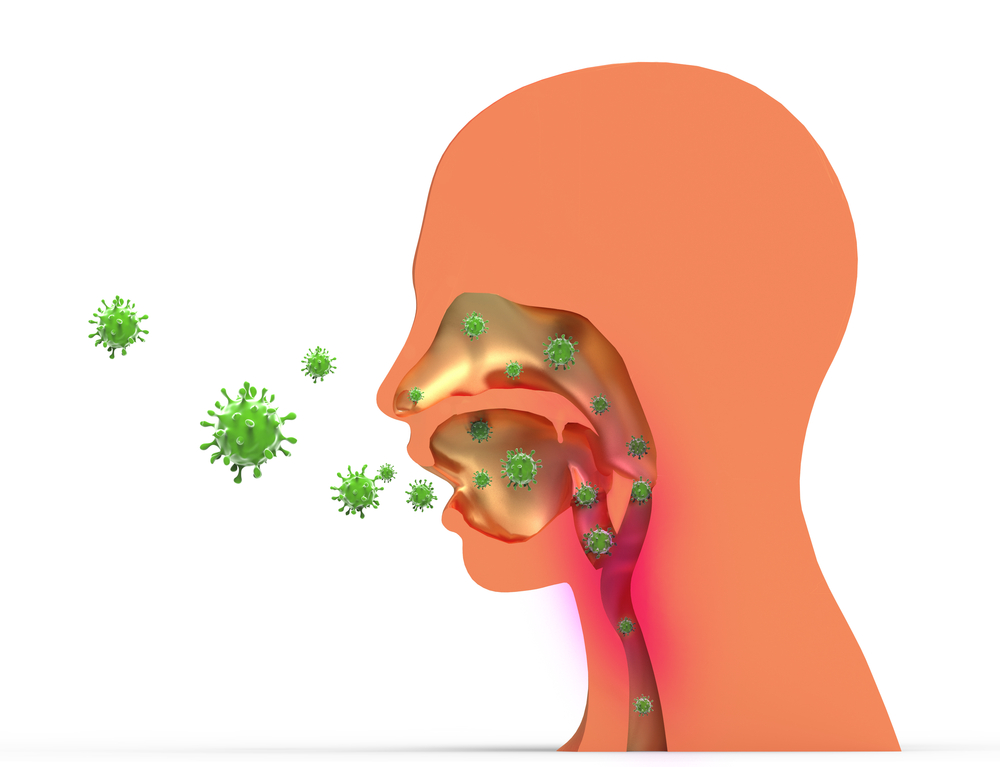 The first worldwide study on the negative impact of pneumonia in HIV-positive children entitled “Global, regional, and national estimates of pneumonia burden in HIV-infected children in 2010: a meta-analysis and modelling study” was published in The Lancet Infectious Diseases by Evropi Theodoratou, PhD, and David A McAllister, MD, co-first authors of the study, and part of Dr. Harish Nair at Centre for Population Health Sciences, University of Edinburgh, Edinburgh, UK, and Public Health Foundation of India, New Delhi, India. The study suggests that in developing countries HIV-positive children are six times more probable to die from pneumonia than children not infected the virus.
The first worldwide study on the negative impact of pneumonia in HIV-positive children entitled “Global, regional, and national estimates of pneumonia burden in HIV-infected children in 2010: a meta-analysis and modelling study” was published in The Lancet Infectious Diseases by Evropi Theodoratou, PhD, and David A McAllister, MD, co-first authors of the study, and part of Dr. Harish Nair at Centre for Population Health Sciences, University of Edinburgh, Edinburgh, UK, and Public Health Foundation of India, New Delhi, India. The study suggests that in developing countries HIV-positive children are six times more probable to die from pneumonia than children not infected the virus.
The human immunodeficiency virus (HIV), the virus that causes acquired immune deficiency syndrome (AIDS), affects more than 34 million individuals globally and HIV/AIDS has been the cause of death of an estimated 30 million people. Worldwide, there are 3.2 million children below 14 years of age who have tested positive for HIV, 90% of which live in sub-Saharan Africa. Importantly, the use of antiretroviral therapy has improved the health and longevity of people infected with the HIV by reducing the amount of virus in the body’s fluids making less likely the transmission of the virus.
Notably, pneumonia is the main cause of mortality and morbidity in children under 5 years old and is strongly associated with poverty, poor health services, malnutrition and HIV infection. The most affected regions are Africa and South East Asia. Former studies in South Africa demonstrated that antiretroviral therapy is advantageous for children below 2 years old who are infected with HIV. This strategy reduced the infection in 42% pneumococcal pneumonia, which can affect the upper respiratory tract and proliferate to the blood, lungs, middle ear or nervous system.
This is the first study performed at a global, country and region level that evaluated the burden of pneumonia in children infected with HIV. The research team addressed the role of HIV in pneumonia occurrence and mortality and predicted the number of pneumonia cases and deaths in HIV-infected children under 5 years old in 133 developing countries in Africa and South East Asia with high incidence of pneumonia during the year 2010. They found that during 2010, pneumonia affected 1.4 million children positive for HIV, causing approximately 88,000 deaths. Most of the cases of HIV infection occurred in Sub-Saharan countries. In Swaziland, Lesotho and Zimbabwe occurred 20% of all pneumonia cases and 60% of all pneumonia deaths in HIV-infected children.
[adrotate group=”3″]
Finally, the research team advised that implementation of early testing for HIV in infants; antiretroviral therapy (ART) for pregnant women and young children, and vaccination could significantly decrease child death due to pneumonia.
“Pneumonia management in HIV infected children requires an integrated approach from national governments and international agencies” said Dr Harish Nair, in a press release. “Pneumonia and HIV case diagnosis needs to be strengthened at primary care level and antiretroviral therapy scaled up rapidly in pregnant women and young children” added Dr. Harish Nair.
“Revised guidelines by the World Health Organisation for childhood pneumonia management must be fully implemented if substantial falls in pneumonia morbidity and mortality are to be achieved in badly affected countries.” concluded Dr. Harish Nair.
This study was funded by the World Health Organization.

